
Airline monopolies are generally undesirable because carriers can exploit the lack of competition to raise prices and reduce service.
But there are exceptions. On thin regional routes, some state governments actually guarantee a monopoly to one airline through regulation.
The New South Wales, Queensland and Western Australian governments all regulate marginal regional routes that don’t have enough passengers to support service from two airlines. The state governments do this by granting a licence to a particular airline for a fixed period of time.
When the licence is due to expire, there is a competitive tender process. The government will decide to either renew the existing licence, or hand the route over to a different airline.
Contents
Which intrastate routes are regulated?
The number of regulated intrastate routes has declined over the years. But airlines still require licences granting monopoly rights to operate various routes within NSW, QLD and WA. These are:
New South Wales
| Route | Airline holding the licence |
|---|---|
| Sydney – Moree | QantasLink |
| Sydney – Lord Howe Island | Currently served by QantasLink, but to be taken over by Skytrans in 2026 |
Western Australia
| Route | Airline |
|---|---|
| Perth – Albany | Rex |
| Perth – Esperance | Rex |
| Perth – Monkey Mia – Carnarvon | Rex |
| Perth – Laverton – Leonora | Skippers Aviation |
| Perth – Mt Magnet – Meekatharra – Wiluna | Skippers Aviation |
| Broome – Fitzroy Crossing – Halls Creek | Aviair |
| Kununurra – Halls Creek – Balgo | Aviair |
| Broome – Port Hedland – Karratha – Geraldton | Nexus Airlines |
Queensland
| Route | Airline |
|---|---|
| Brisbane – Roma – Charleville | Rex |
| Brisbane – Blackall/Barcaldine – Longreach | QantasLink |
| Brisbane – Toowoomba – St George – Cunnamulla – Thargomindah | Rex |
| Brisbane – Toowoomba – Charleville – Quilpie – Windorah – Birdsville – Bedourie – Boulia – Mount Isa (yes, this is one route!) | Rex |
| Cairns – Normanton – Mornington Island – Doomadgee – Mount Isa | Rex |
| Townsville – Hughenden – Richmond – Julia Creek – Mount Isa | Rex |
| Townsville – Winton – Longreach | Rex |
The Queensland government also subsidises the regulated monopoly regional routes within its state.
What makes a route small enough to require regulation?
The New South Wales government used to have a threshold of 50,000 passengers per year. That said, in recent years it has deregulated routes with far fewer passengers, including Sydney-Grafton and Sydney-Narrabri.
Western Australia has a threshold of 100,000 passengers per year, while Queensland doesn’t specify one.
Why regulate regional routes?
The argument behind granting monopoly rights to one airline is that the route is too small to sustain competition from two carriers. As the NSW government puts it, competition is limited on low-volume routes “that aren’t always robust and may need protection to provide stability and encourage market development”.
In theory, this should offer certainty to regional airlines and the communities they serve. It avoids the risk of a second airline entering a market that’s too small to sustain multiple carriers – leading to a loss of services from one or both airlines in the long run.
A few years ago, Rex accused QantasLink of doing just this. QantasLink launched services on numerous routes that were previously Rex monopolies including Sydney-Orange, Sydney-Griffith, Sydney-Broken Hill and Sydney-Merimbula.
Rex complained to the ACCC, arguing that QantasLink was entering routes that were too small to sustain competition from a second airline. But if the state government deemed this to be the case on routes like Sydney-Orange, it would not have deregulated those routes.
Qantas argues it has every right to launch competing flights on deregulated intrastate routes. Which is true, as long as it isn’t doing so purely as an anti-competitive attack on the incumbent airline.
Ultimately, Rex threatened to withdraw from many of the routes that QantasLink entered. But it ended up cancelling some routes that QantasLink wasn’t flying instead. It then redirected planes from those routes onto routes that QantasLink was already flying like Sydney-Coffs Harbour.
Rex is now in voluntary administration, although that was largely the result of its failed Boeing 737 experiment. Rex’s regional flights are still running with backing from the government.

Pros & cons of regional route licensing
There are advantages and disadvantages for the regional communities these regulations are designed to protect. The upside is a more stable and reliable service.
That’s why Moree residents fought vigorously to retain regulation on the Sydney-Moree route after the NSW government tried to deregulate it in 2018. But Moree residents equally understand one of the downsides to regulation when the tender is not awarded to their preferred airline.
In 2013, after serving Moree for decades, QantasLink was forced to exit the Sydney-Moree route after its licence expired. The NSW government awarded the route instead to Brindabella Airlines. The much smaller regional airline faced a barrage of complaints from residents over poor service and frequent cancellations.
They would have been stuck with Brindabella Airlines for five years, had it not entered receivership later that year following safety concerns. Moree locals begged for QantasLink to come back, and it did. In fact, QantasLink’s licence has just been renewed again until at least 2030.
The other key disadvantage is the most obvious one. When airlines (or any businesses) have a monopoly, their prices are not constrained by competition. The result is often higher airfares, as Longreach residents have complained.
But operating regional routes is more expensive than flying large aircraft on trunk routes, due to the lower economies of scale. So, airfares do need to be priced a bit higher for airlines to make money.
The most marginal of regional routes would simply not be viable without regulation, so the alternative to a guaranteed monopoly could be no service at all.
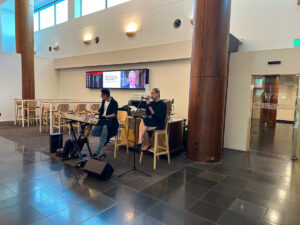
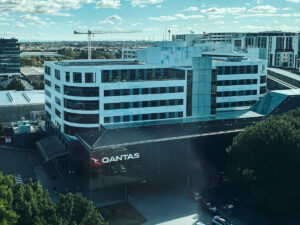


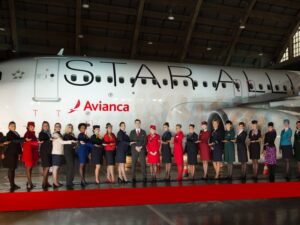

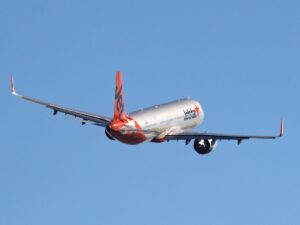
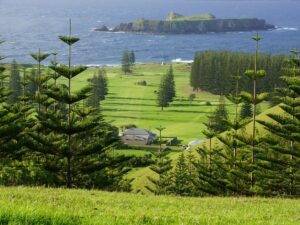




















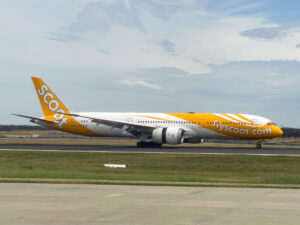





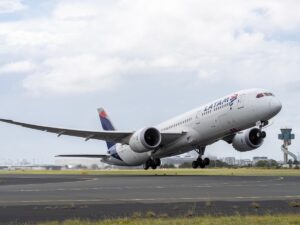






































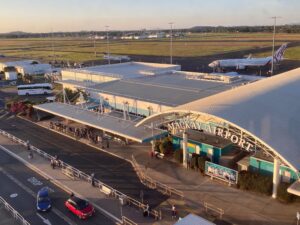
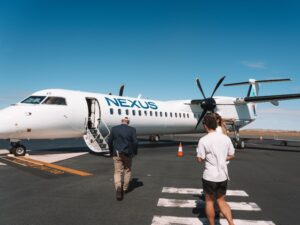






Community Comments
Loading new replies...
Join the full discussion at the Australian Frequent Flyer →